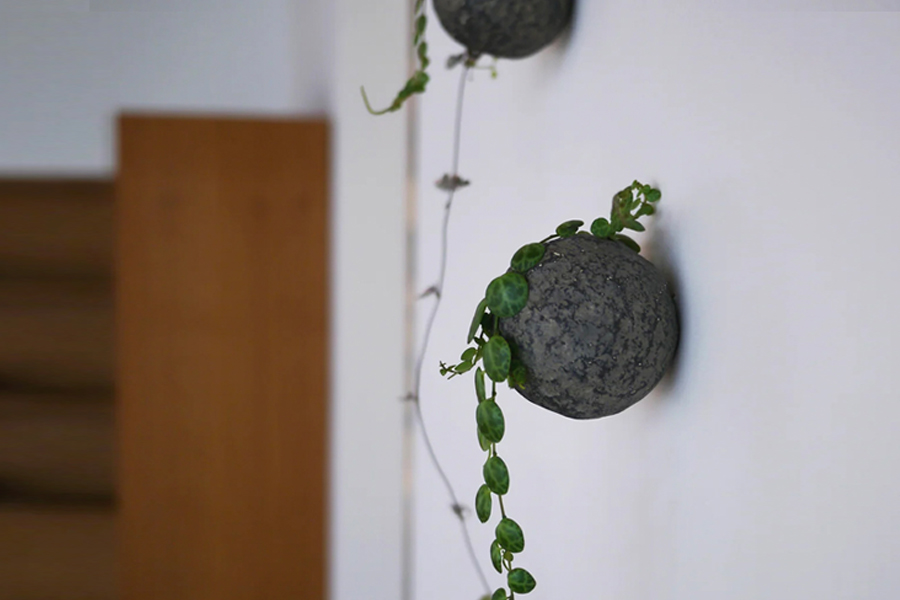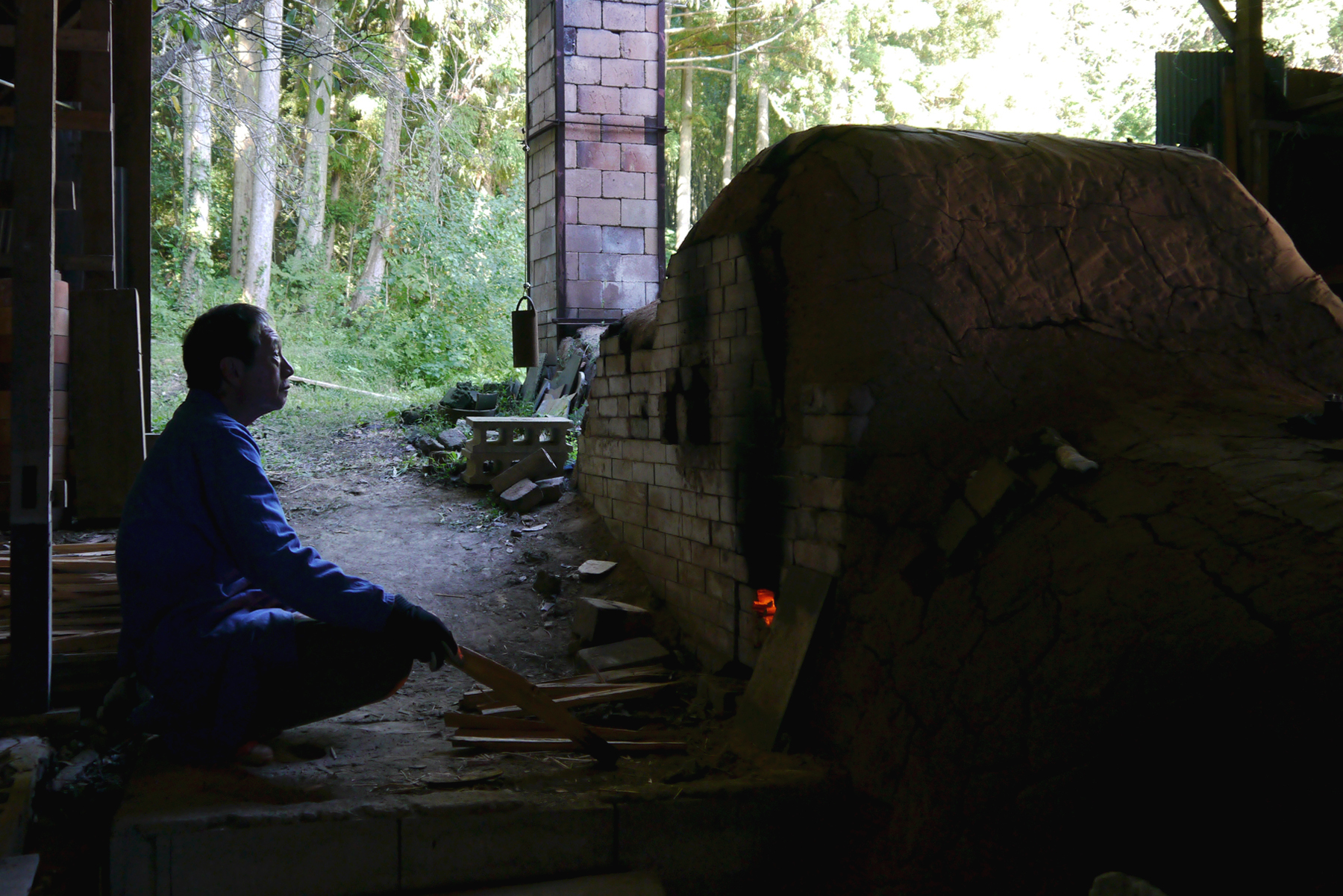Makoto Koizumi | Studio Visit

Our love for Makoto Koizumi comes from a place of respect, a heavy admiration of his works that embody every aspect of what we consider good design. We’ve been communicating with Koizumi-san since opening the gallery years ago and yet still each conversation with him unravels insights into his large repertoire. Since our exhibition with the designer, Shiro and Shiro, is opening soon on May 17th, we wanted to share images from our latest visit to his East Tokyo based shop and studio.
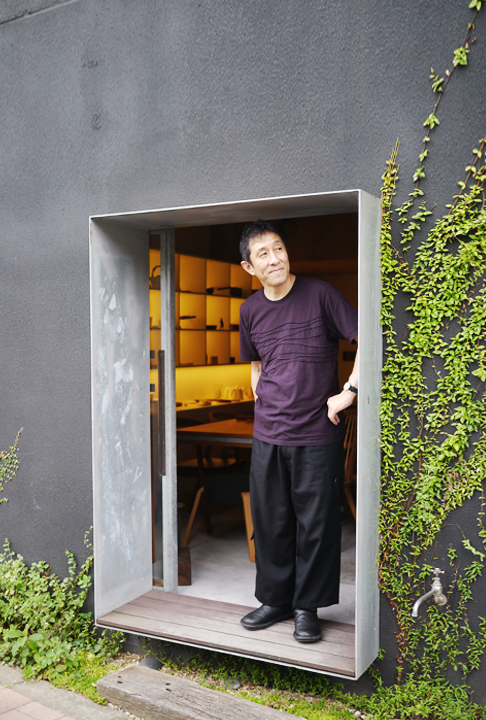
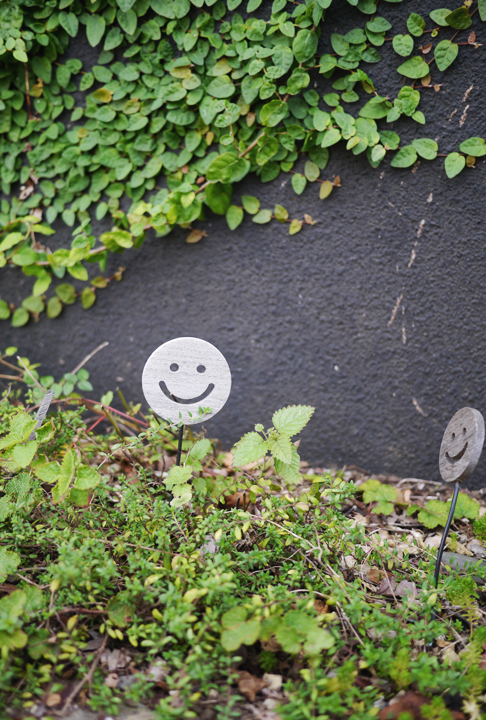
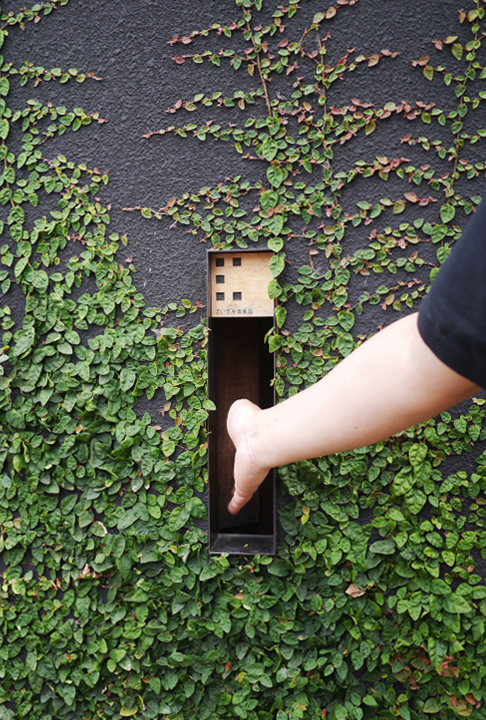
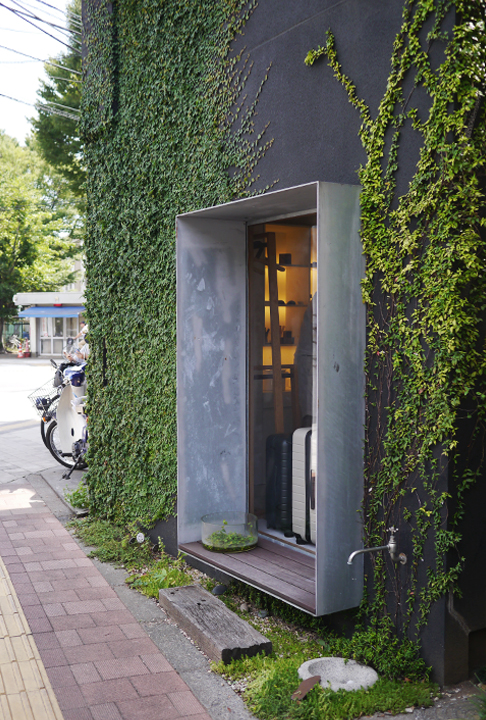
On this particular visit Koizumi-san was waiting to greet us at the cannot-miss entryway of his building, an old shoe store that he began remodeling close to a decade ago. Many buildings in the neighborhood have been demolished because they were constructed with unendurable materials during the post-war period but Koizumi-san wanted to remodel instead to bring the building up to standards and preserve the history of the district. He utilized unusual materials and focused on sensory and spatial design.

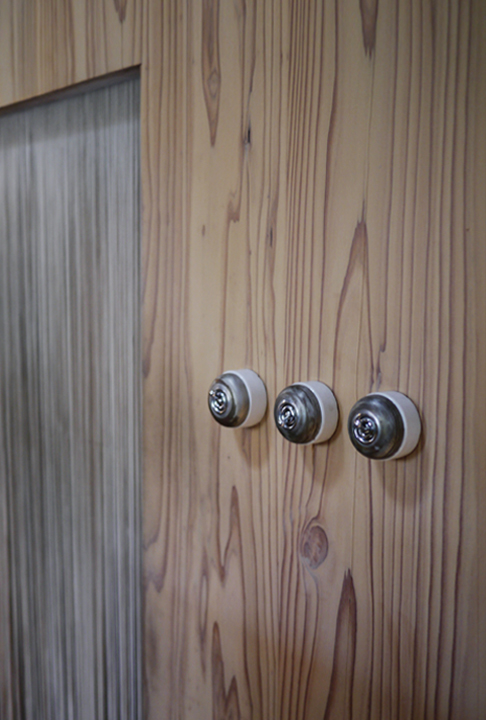
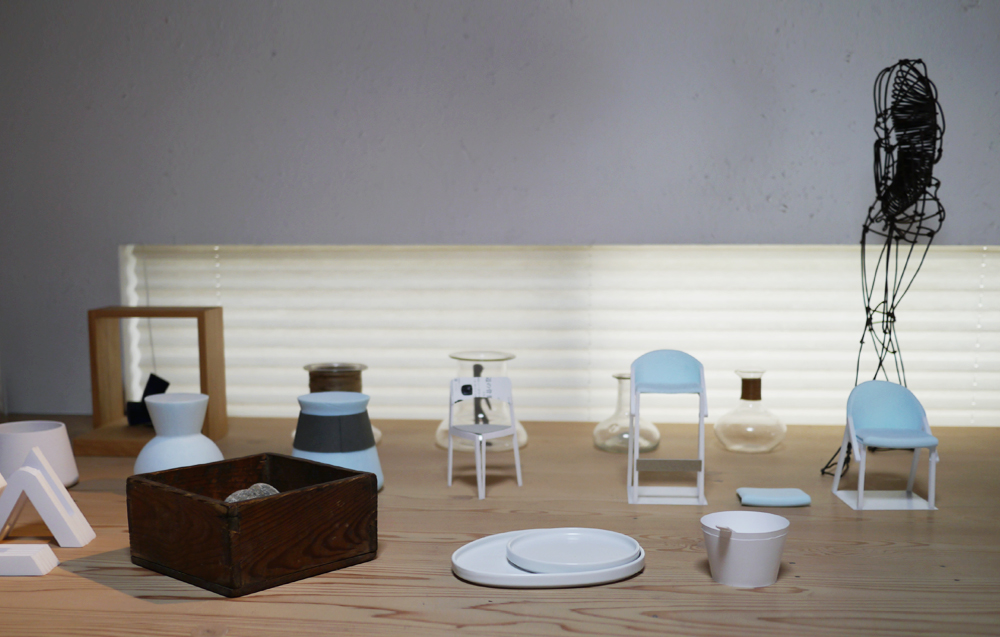
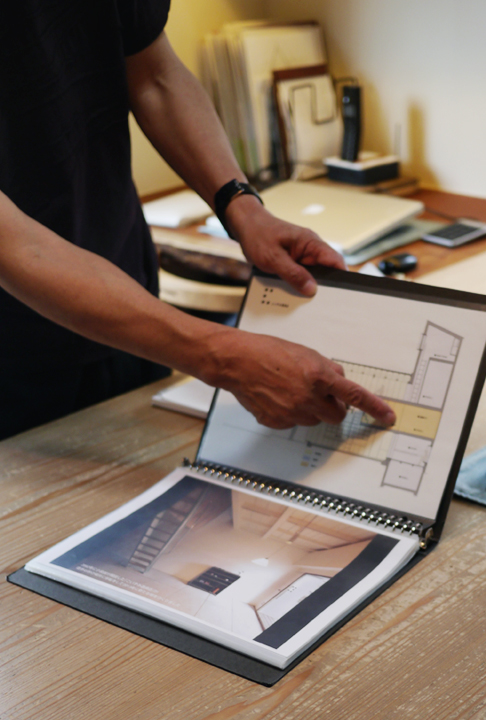
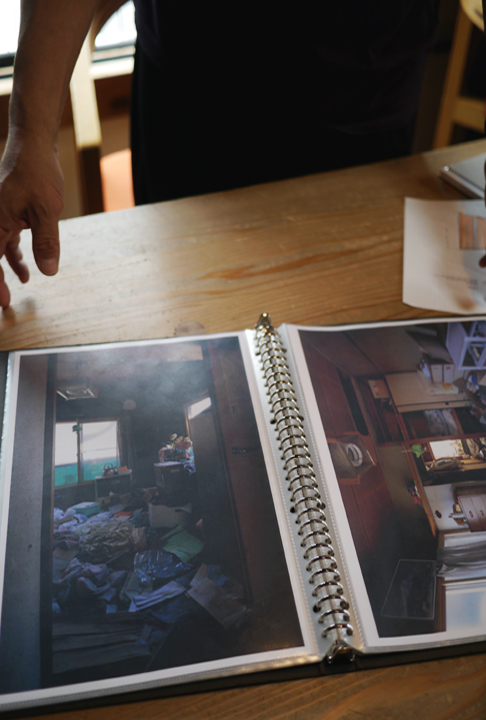
We have fond memories here because the first time we met Koizumi-san to interview him for a backstory, he was in the midst of designing an extension to the building and gave us a tour, revealing old photos of what it looked like before he took possession. Despite the fact that the original Koizumi Studio office is just around the corner from this building, the acquisition of the shoe store was considered as an annex for his growing design team and gave them an opportunity to conceive a shop space on the main floor.
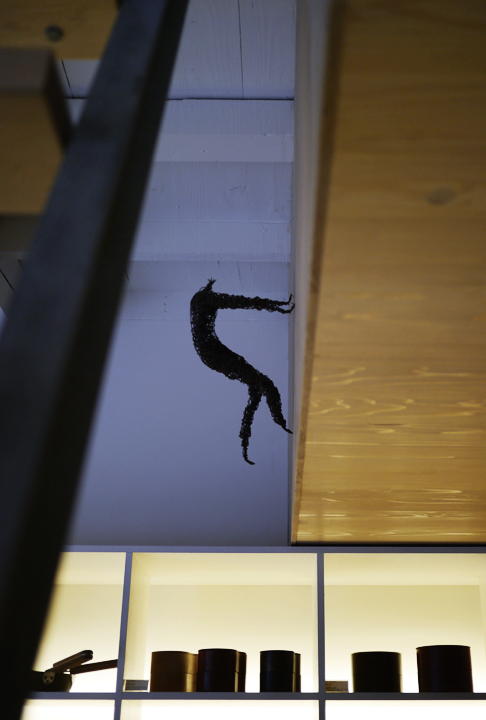
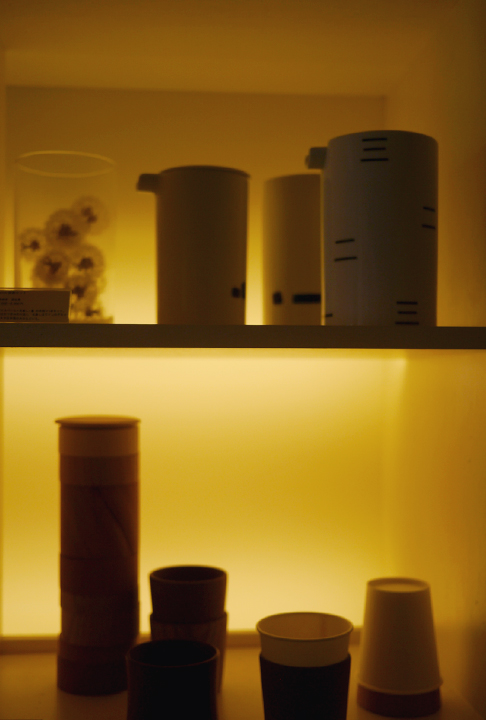
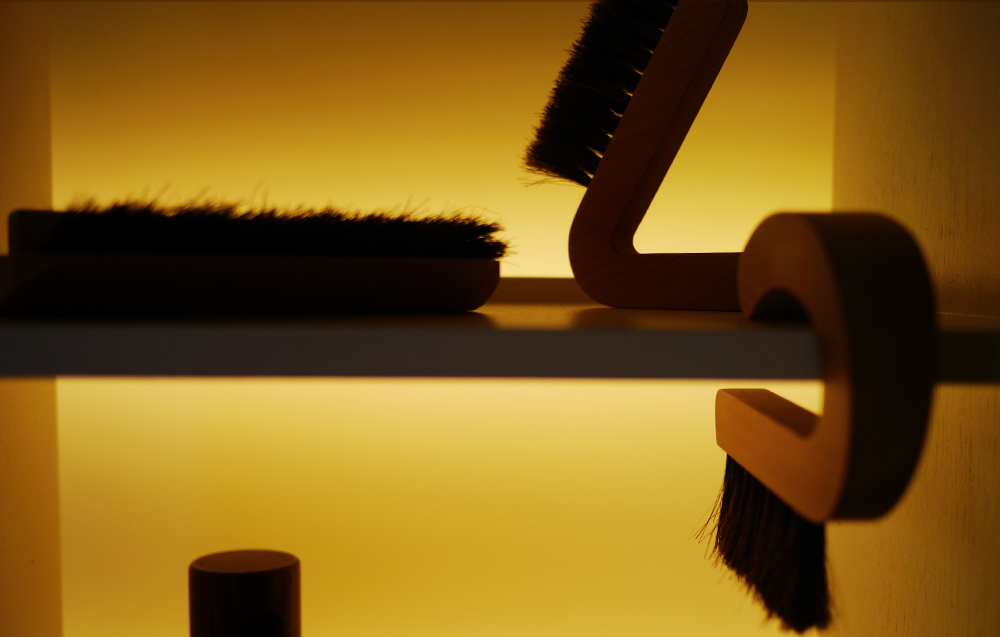
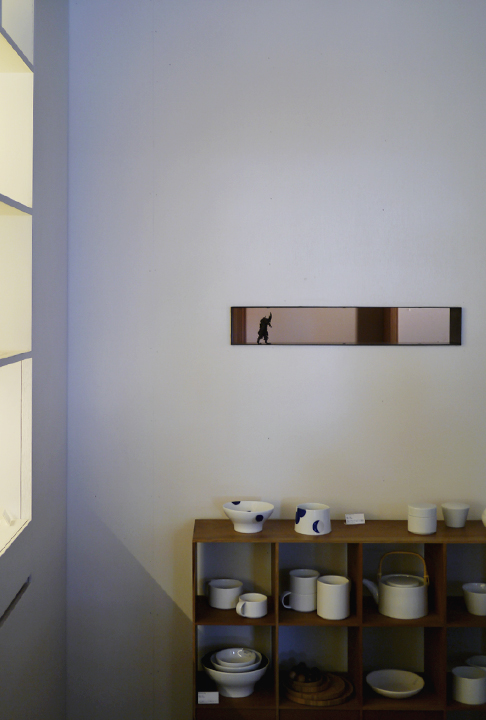
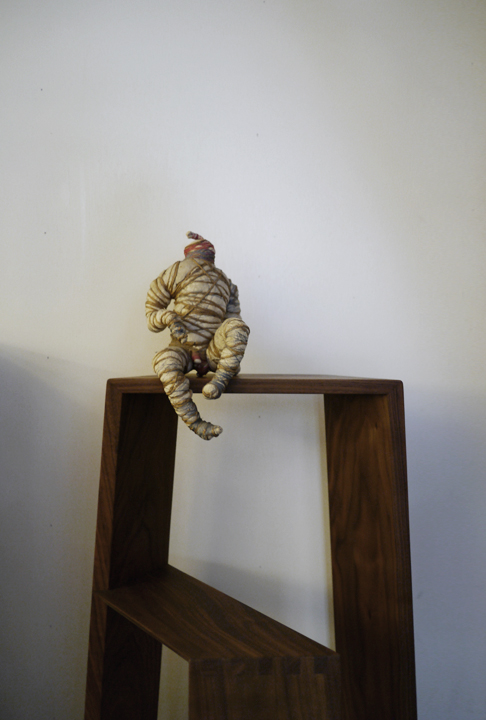
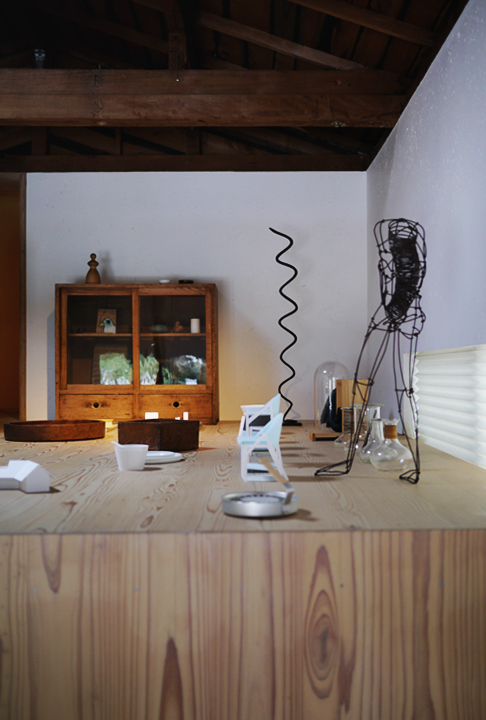

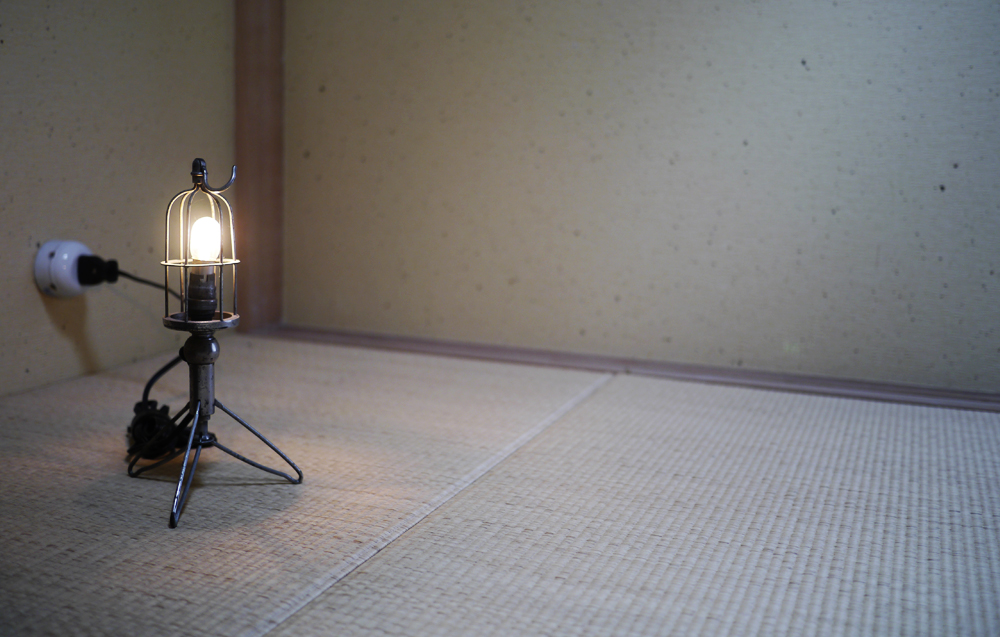
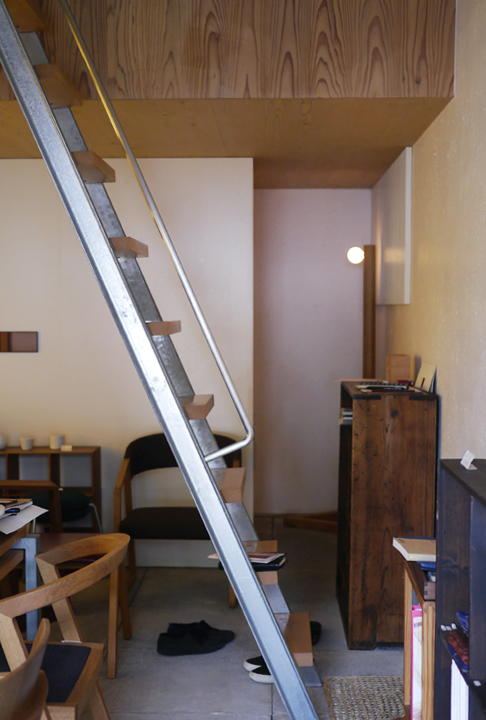

It’s been interesting to see how the building has evolved over the years. Every visit there is a new nook or area built, characteristically in line of Koizumi-san and his working style. The interior reminds us of a kindergarten classroom with its scaling ladders, modular furniture, sweeping areas for sprawling out prototypes, and even a napping area covered with tatami mats on the uppermost level!
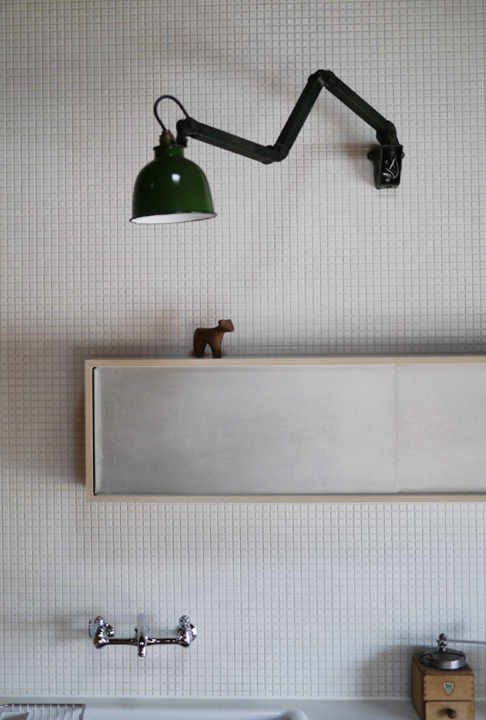

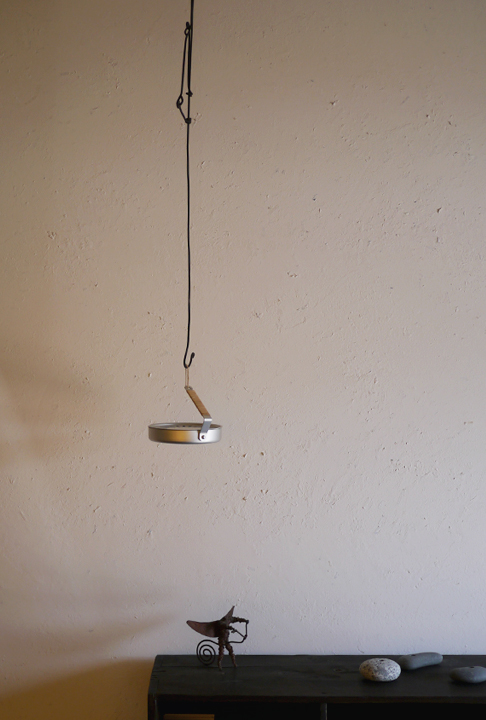
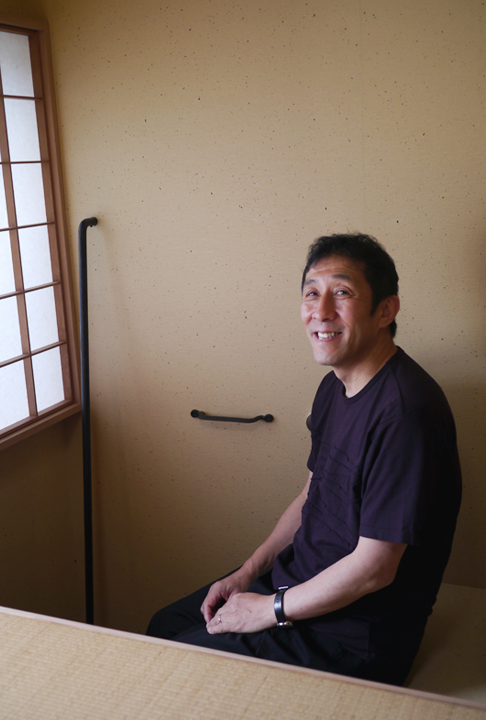
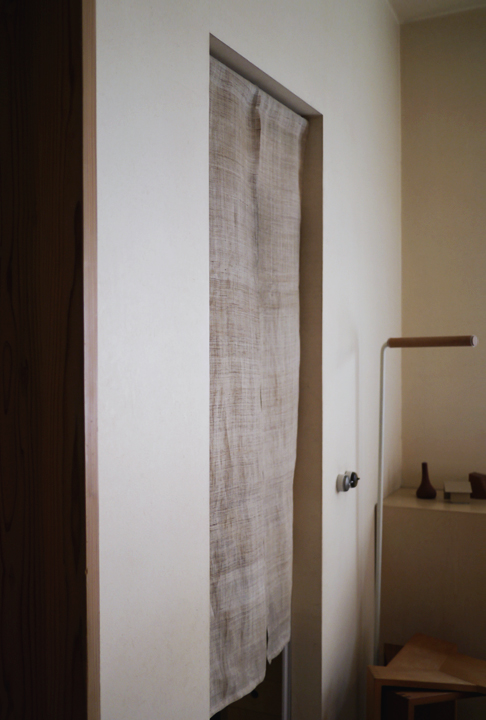
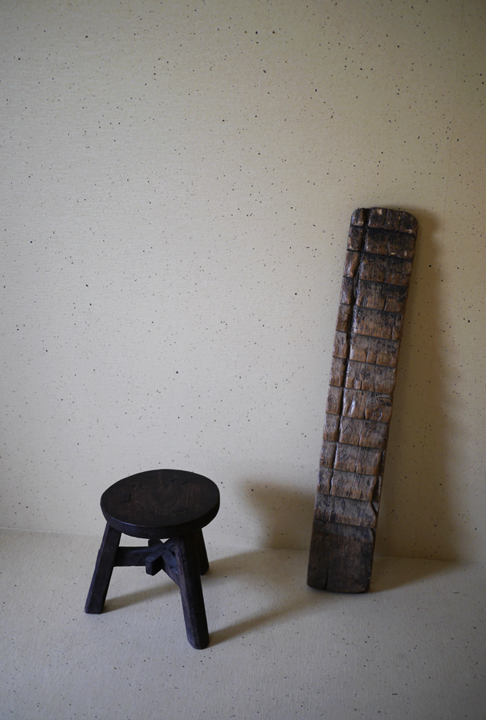

One aspect we found fascinating about the interior design were the aged elements. Parts of the original building were salvaged and used as structural components of the new build out. Our favourite area is a room full of antique tools that the designer has collected over the years. He wishes his products to have longevity and there is certainly timelessness worth preserving in old tools that offer an endless amount of inspiration.
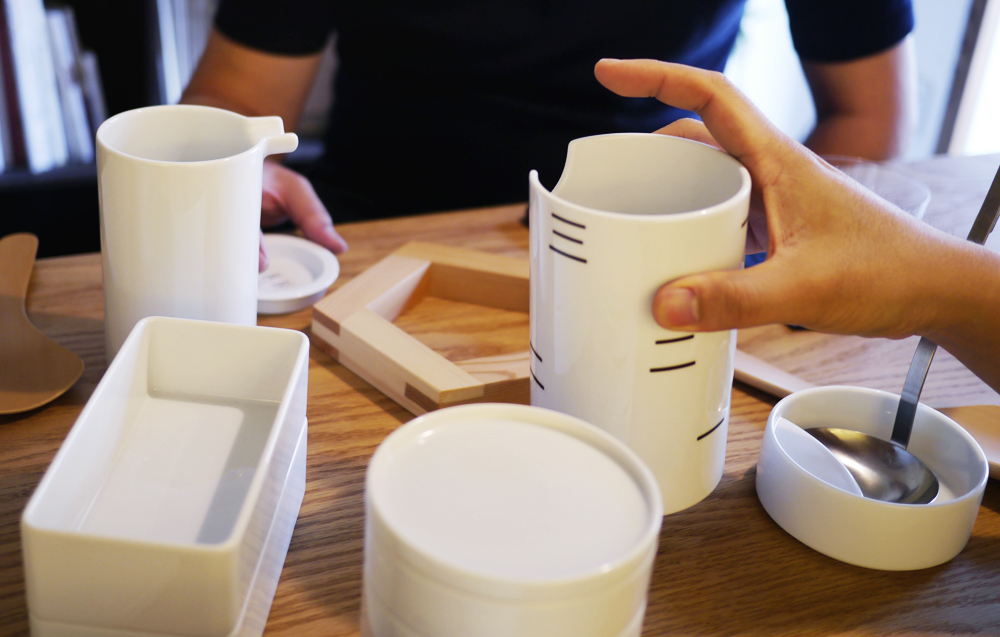
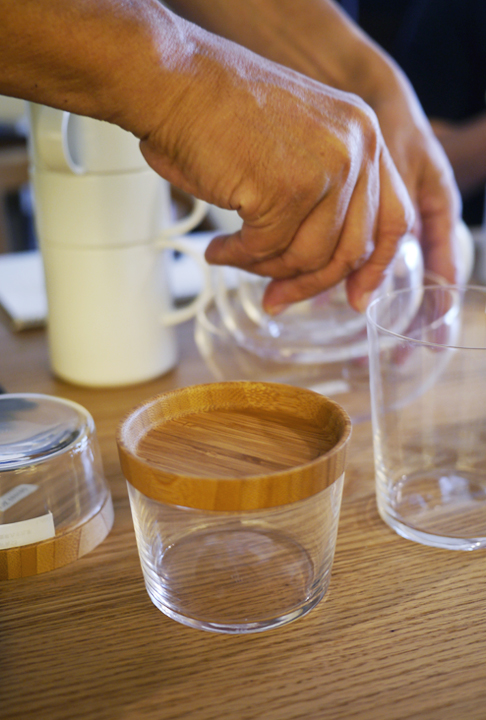
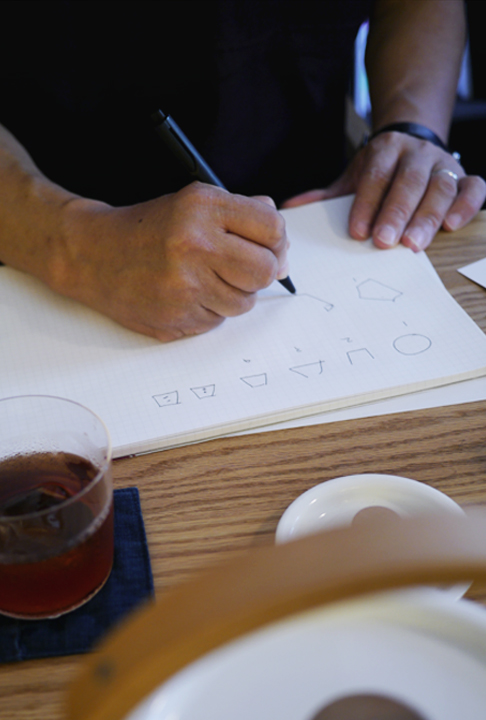
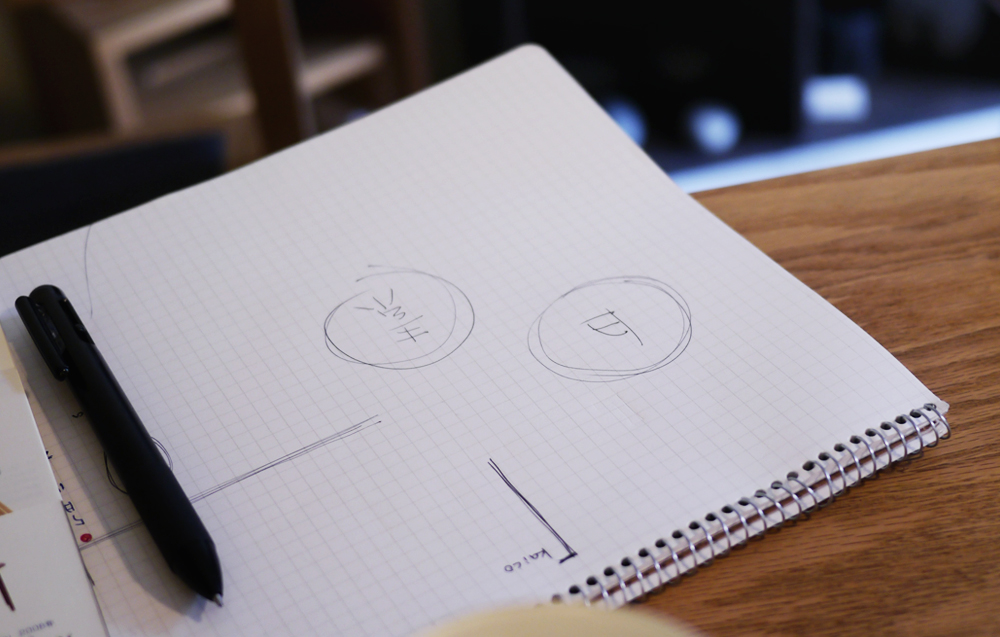
After Koizumi-san updates us on the new building additions, we sit down to discuss the upcoming exhibition, honing in on materials, collections and overall concept of this particular show. He works in a variety of materials – wood, lacquer, ceramics, paper, glass, enamel, textiles, iron, tin, and bamboo – and prefers to work with smaller scale manufactures. He teams up with Japanese artisans across the country that specialize in a specific material to craft his designs while ensuring that the project is sustainable. What we value most about Koizumi-san is that he never works in a vacuum of his own, but continues traditions by carrying them forward with the modern user in mind. He transfers a similar philosophy to his studio work. Not only does the Koizumi Studio focus on one category, but they think of the wholeness of the human experience and practice what Koizumi-san calls “lifestyle design.” From furniture and small household tools to interior design and large hotel buildings, the multidisciplinary designer has had his hands in a sizable amount of projects.

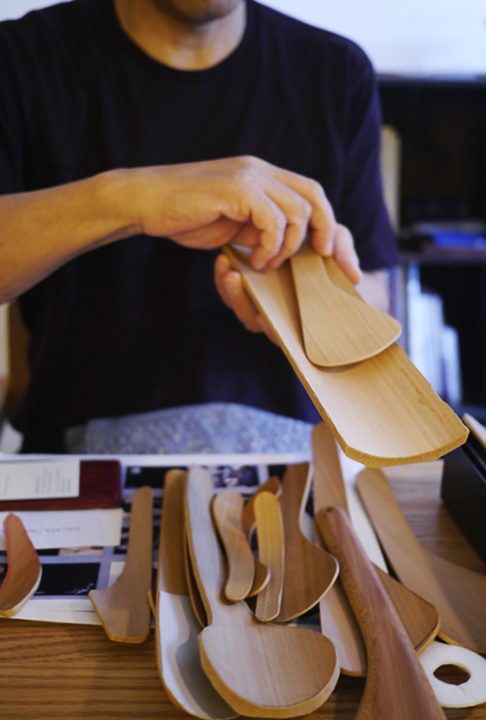
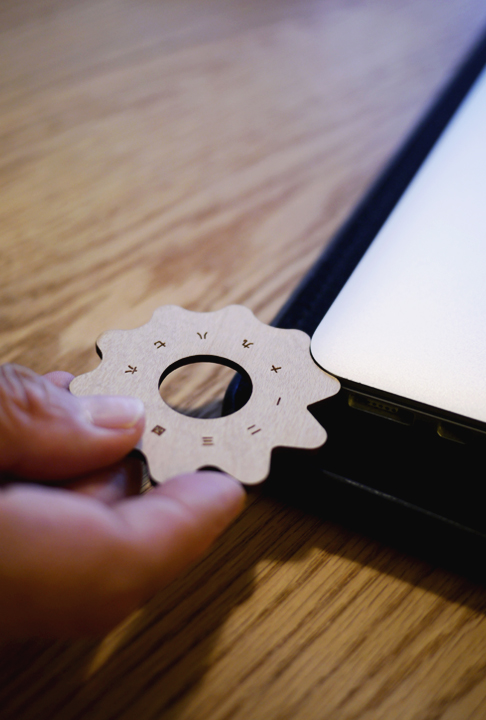
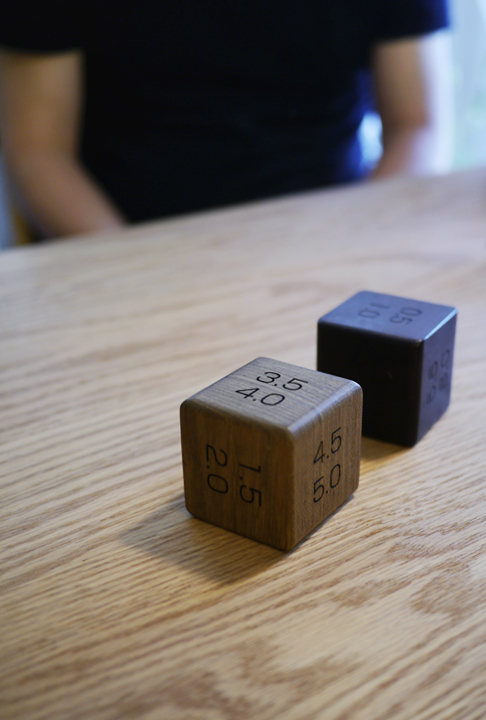
Favoring unique proportions and wonderful intersections of curves and angles, he imbues each design with details that stem from years of developing a signature design language. He has even created tools to solve design problems like a cube consisting of various edge radii and a ring ruler demarked with his trademark arcs. We’ll have these at the exhibition to view. Unfortunately they are not for sale but we will have an exclusive collaborative tool we designed with Koizumi-san unveiling on opening night!
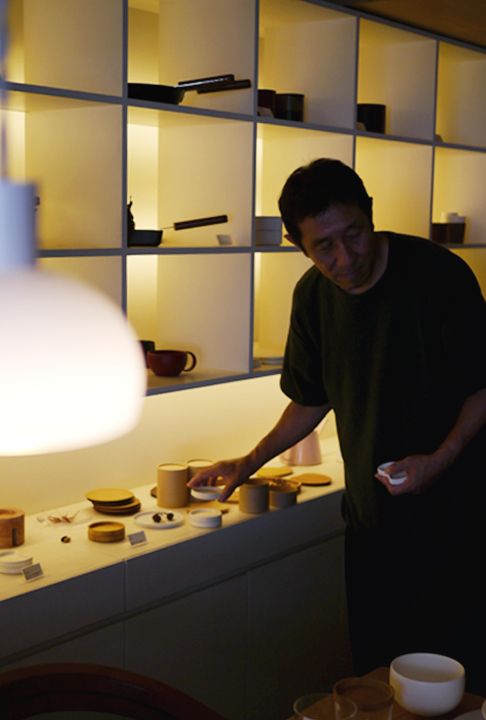
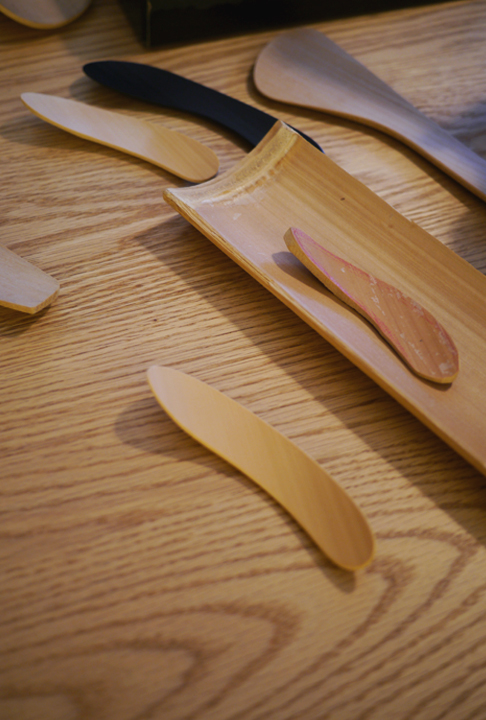
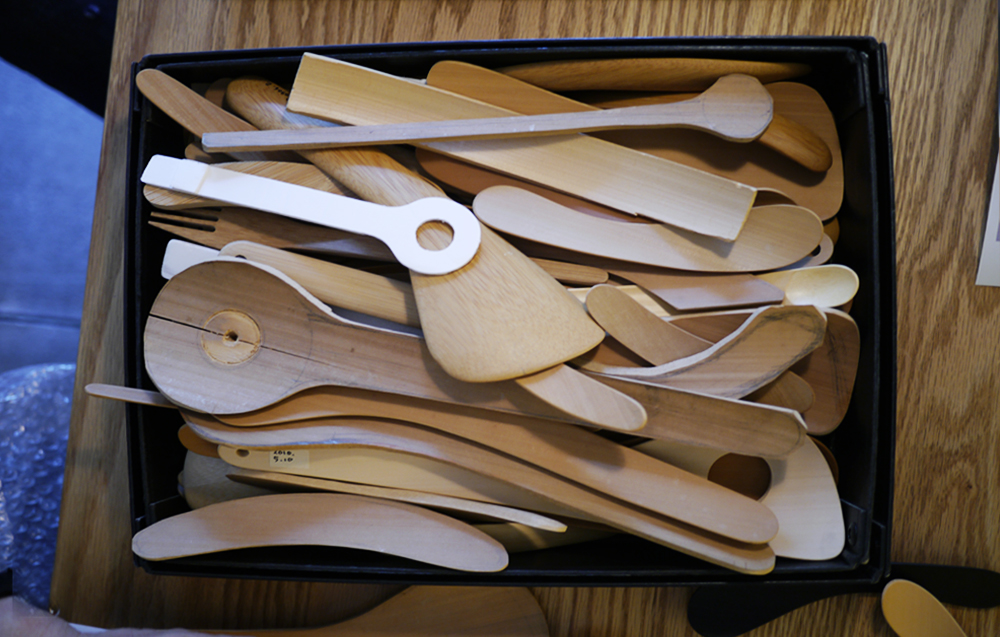
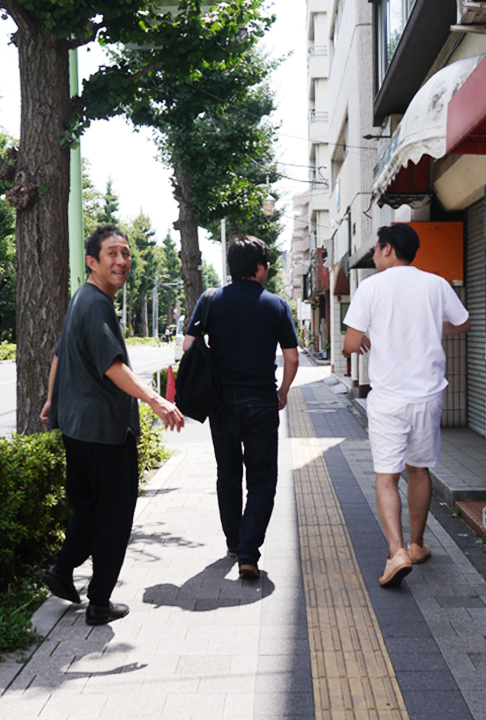
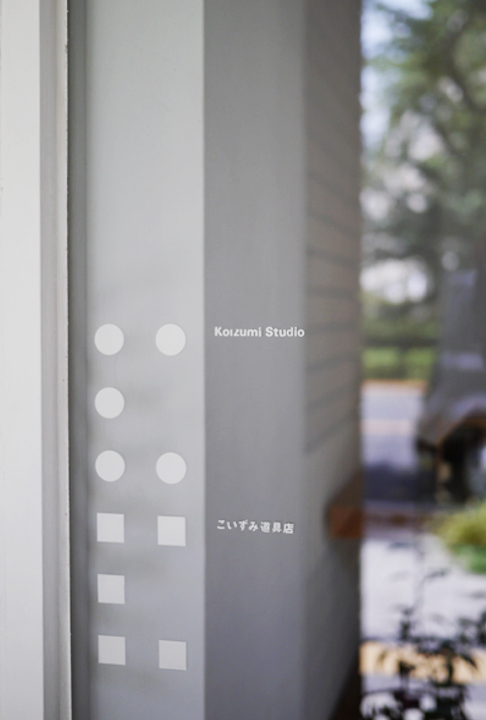
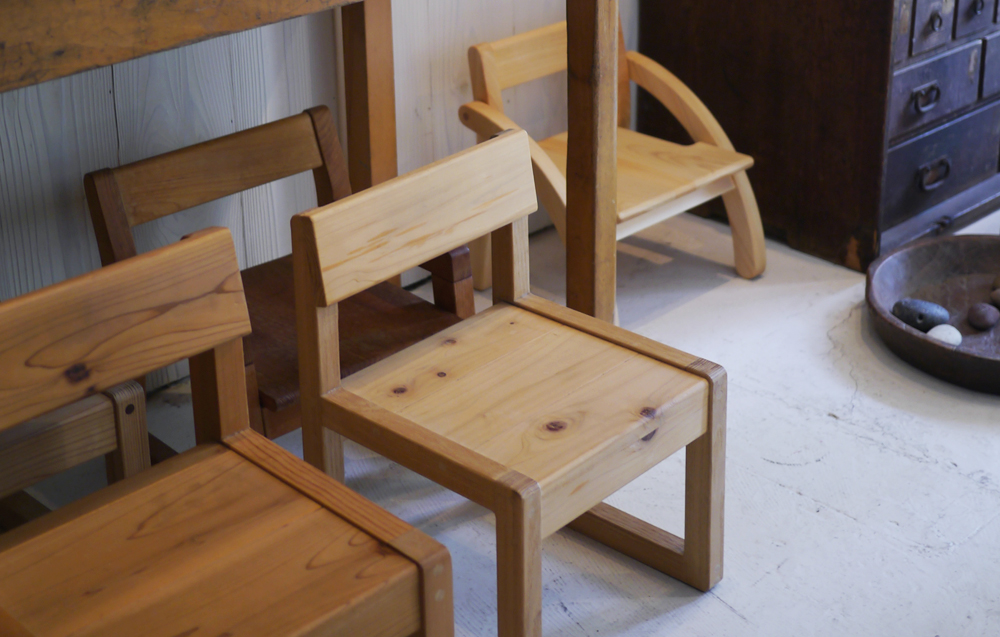

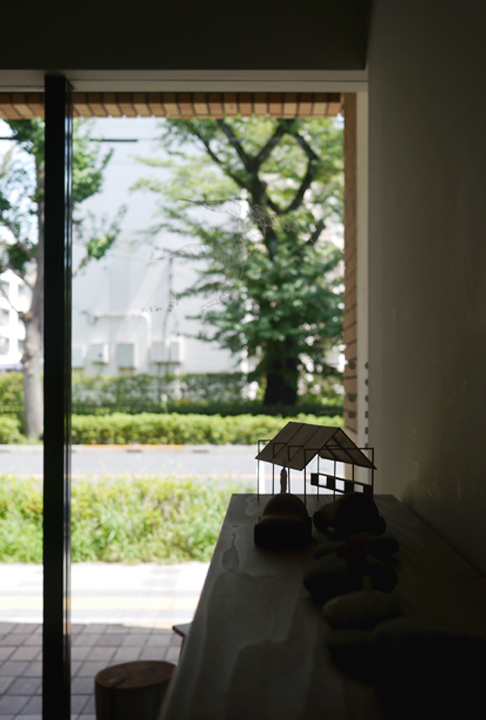
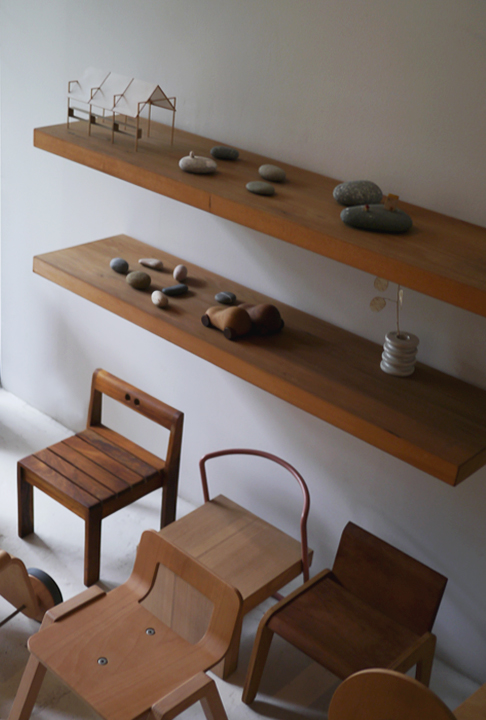

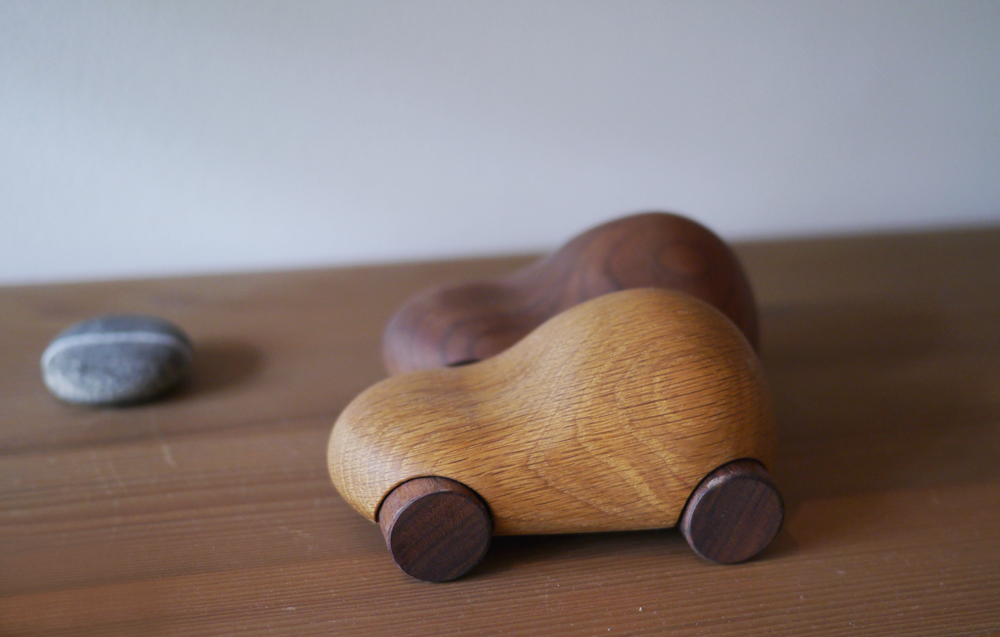
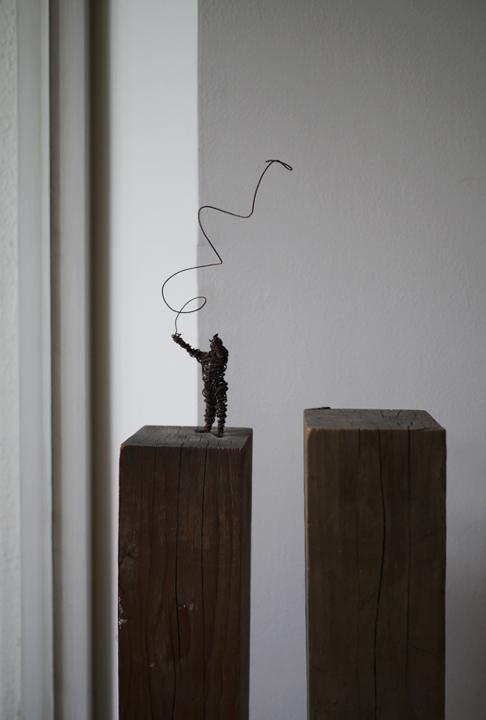
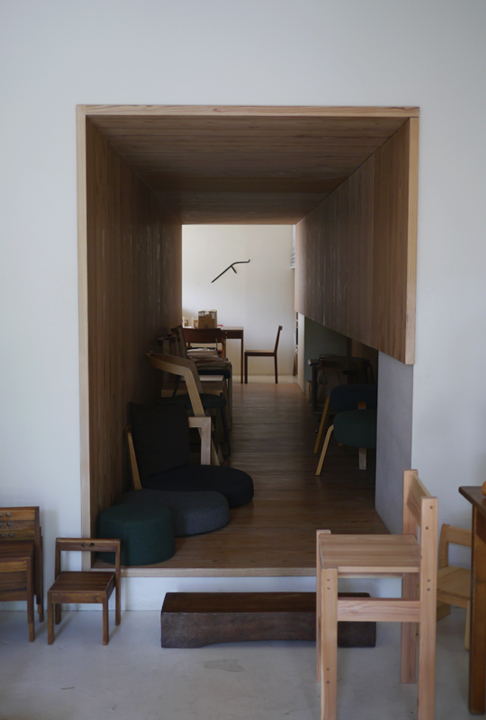
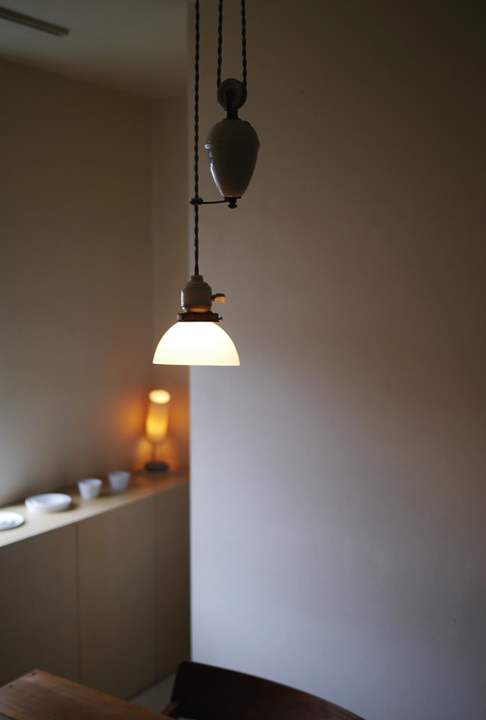

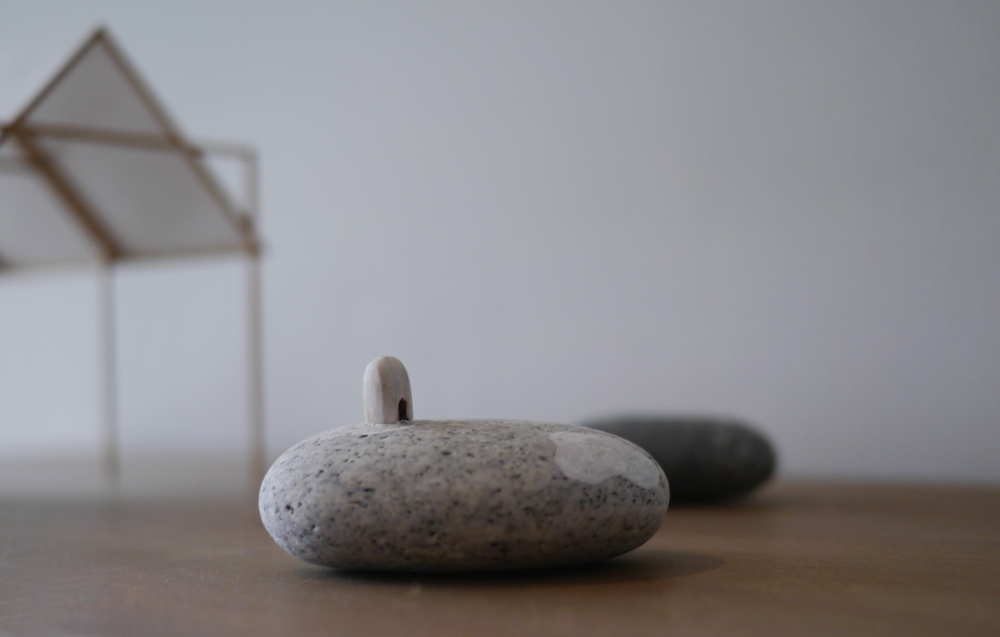
No matter how often I enter the spaces that Koizumi-san has realized, I’m always overwhelmed with inspiration. Much like his personality, the objects he designs tend toward the playful. Above all, they simply put a smile on my face. The rooms full of collected antiques, small wooden chairs, unexpectedly placed found objects, amount to a microcosm full of curiosities, while also revealing – on closer inspection – a sense of childish delight. Hand formed wire sculptures are suspended on walls; while miniature models are laid out sparsely on the floor. Honest, solid materials prevail over complicated elements. The resulting design resounds with joy and confidence.
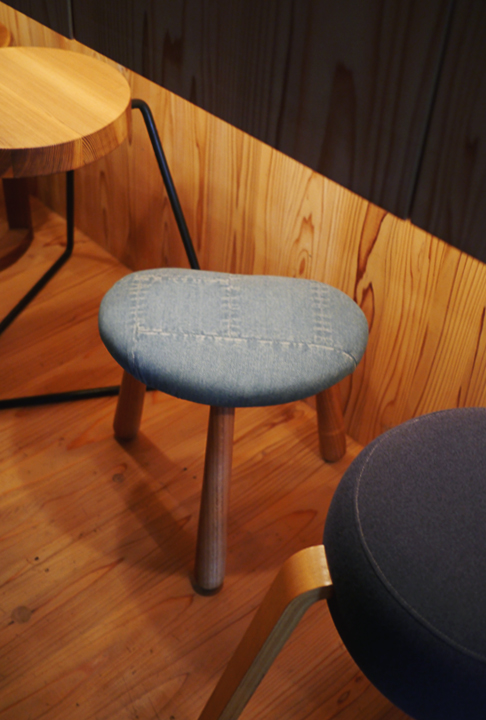
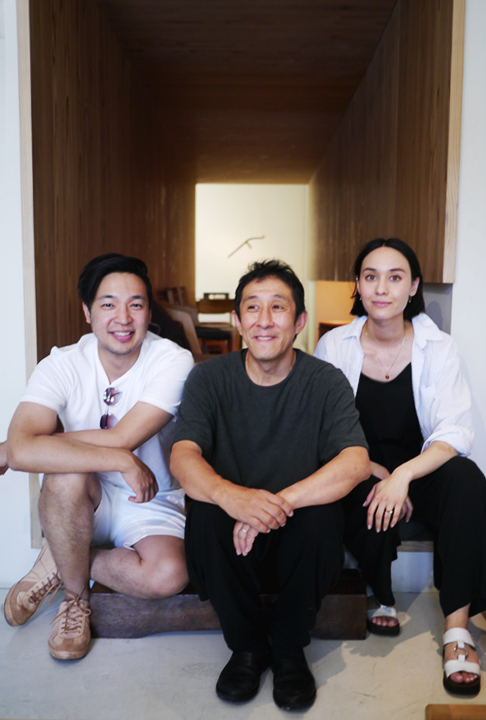
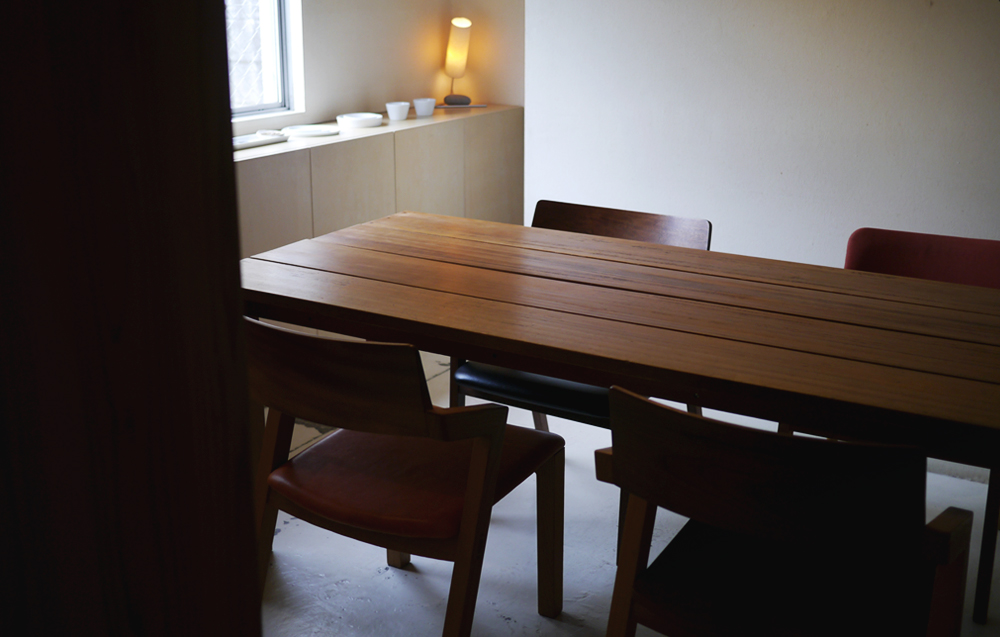
As I reflect on Makoto Koizumi’s body of work, I am reminded of something I often forget when looking at objects that seem deceptively simple and well-designed – that holding something so utile didn’t happen magically. Someone has designed it for you, thought of every aspect, all the solutions to a problem, and created a version as close as possible to that thing you need to make life a little bit happier. Designing these beautiful objects that people relate to intuitively, reinforces our humanity.


